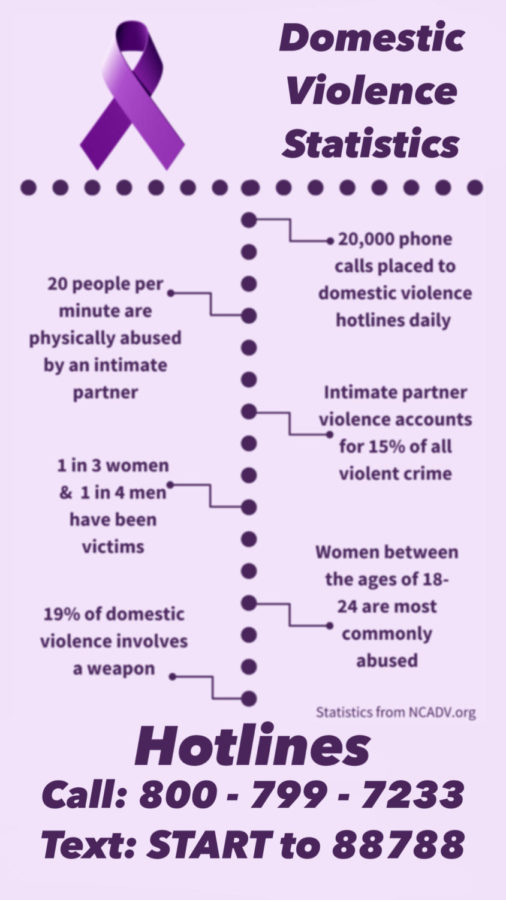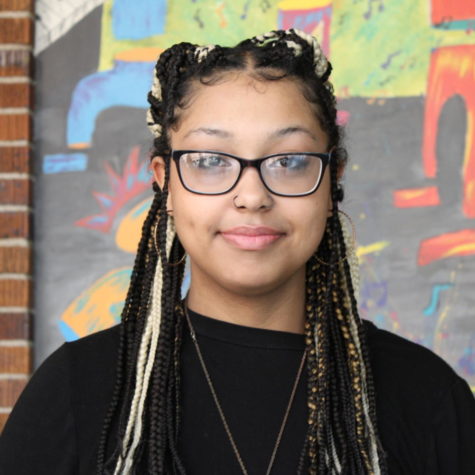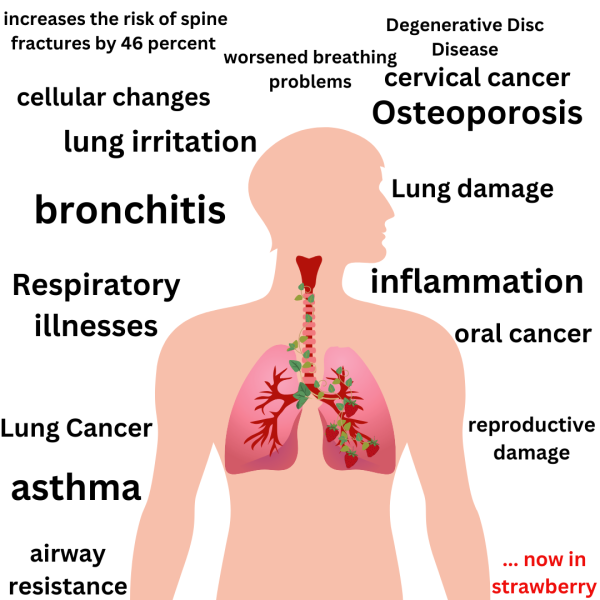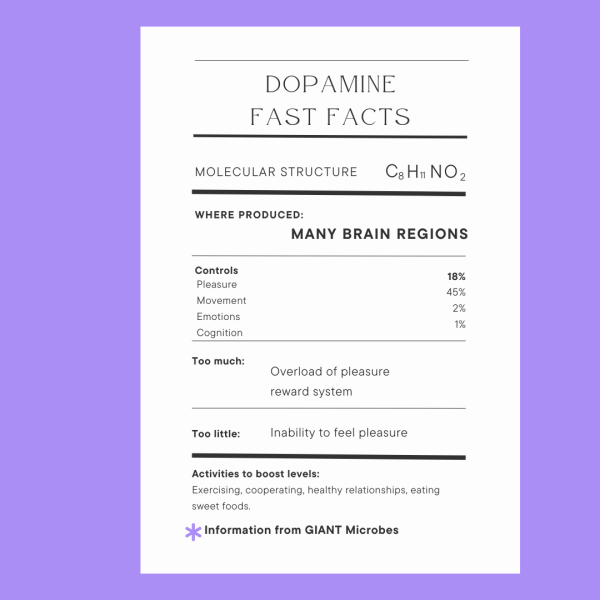Domestic violence active awareness
November 28, 2022
The month of October is recognized as Domestic Violence Awareness Month (DVAM). It was established by the National Coalition Against Domestic Violence. (NCADV), which is an organization, “dedicated to supporting survivors and holding offenders accountable and supporting advocates.”
NCADV’s mission statement is, “to lead, mobilize and raise our voices to support efforts that demand a change of conditions that lead to domestic violence such as patriarchy, privilege, racism, sexism, and classism.”
Their original purpose was, “To come back to battered women’s advocate across the nation who were working to end violence against women and their children.”
NCADV first started off in 1978 in Portland, Oregon. Their first advocacy for awareness began as the “National Day of Unity” on the first Monday of October 1981.
They altered it in 1989 to create DVAM. They were able to create the month when Congress passed commemorative legislation. It was considered and passed by the Senate on June 9, then the House of Representatives did the same on September 28.
At the end of the public law document, it states, “Resolved by the Senate and House of Representatives of the United States of America in Congress assembled that October 1989 is designated as “National Domestic Violence Awareness Month” The President is authorized and requested to issue a proclamation calling on the people of the United States to observe this month by becoming more aware of the tragedy of domestic violence, supporting those who are working to end domestic violence, and participating in other appropriate efforts.”
Before that, they give some facts about domestic violence itself. They share that domestic violence is the number one cause of injury to women in the United States. It affects one in three women. They also estimate that a woman is battered every 15 seconds, and in 50 percent of families where the wife is abused so are the children.
When domestic violence happens to someone it does not just affect one person. One in 15 kids is exposed to partner violence, and because of it, they are more likely to be anxious and fearful.
When preschool children are exposed they tend to revert back to early behaviors, like increased or excessive crying, bed wetting, and thumb sucking. Elementary-aged kids may withdraw from school. They also might feel guilty about the abuse and blame themselves, which reflects poorly on their self-esteem.
Teens who have witnessed or experienced abuse may act out using drugs and alcohol or pick seemingly petty fights. Boys are more likely to become violent or get in trouble with the law. Girls are more likely to become withdrawn and depressed.
According to the Children’s Hospital of Philadelphia Research Institute and the American Academy of Pediatrics, partner violence and child abuse co-occur 30 to 60 percent of the time. Every year 3.6 million cases of child abuse are reported in the US.
If you or anyone you know is experiencing domestic violence, help is available. You are never alone. Speak to someone at the hotline.
Call (800) 799- 7233 or text START to 88788.










